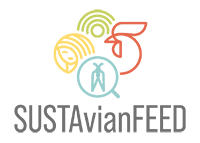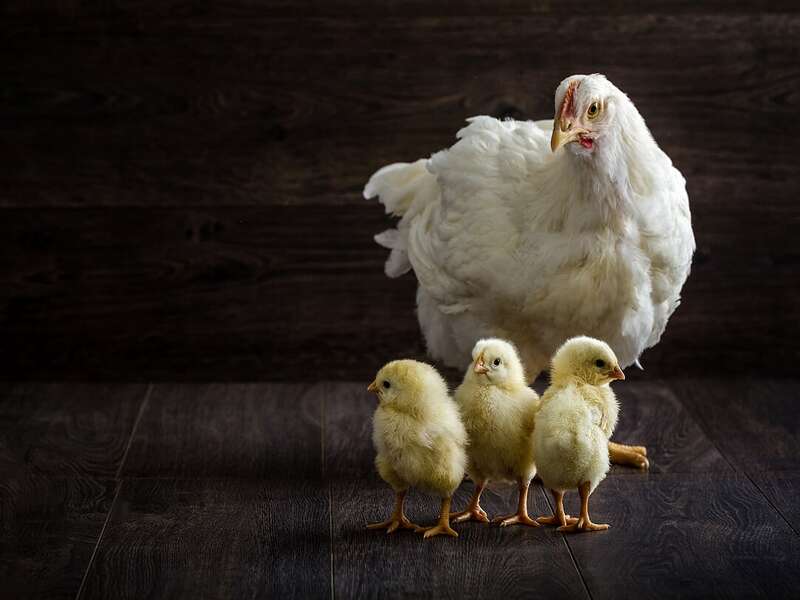Chicken production is a major contributor to the global food industry, but it is not without its challenges. One significant concern is the high cost of feed, with approximately 70% of the total production cost attributed to feed expenses. Soybeans, a key component of chicken diets, have a substantial environmental impact due to their association with carbon emissions and climate change. As a result, finding alternative feedstuffs that are both locally sourced and environmentally friendly is crucial. Therefore, there are high potential benefits of substituting soybeans with alternative feed ingredients and black soldier fly (BSF) larvae, not only in terms of environmental sustainability but also economic viability.
Experiment Details and Performance Assessment
In an experiment conducted by EGE, two strains of chickens, a fast-growing commercial strain and a slow-growing local strain, were fed different diets to evaluate their impact on performance. Three groups were established, with each group receiving a specific diet: a Control diet consisting mainly of soybeans and corn, an Alternative diet-1 with a partial substitution of soybeans using local ingredients, and an Alternative diet-2 with additional substitution of soybeans using both local ingredients and BSF larvae. The preliminary results indicated that the diets had no significant effect on body weight, feed efficiency, feed consumption, or sensory quality of meat for both the commercial and local strains.
Environmental Benefits of Alternative Diets
By partially replacing soybeans with alternative local feedstuffs and BSF larvae, there is a possibility of reducing soybean dependency in broiler diets, which can have a positive impact on the environment. Soybean production contributes to carbon emissions and climate change, but the use of locally sourced ingredients and BSF larvae as protein sources reduces reliance on soybeans and their associated environmental footprint. This substitution not only helps to mitigate the environmental impact of chicken production but also promotes sustainability by utilizing agri-industrial byproducts that would otherwise go to waste.
Economic Analysis and Sustainability
Economic sustainability is a critical factor when considering the viability of alternative feed ingredients. The economic impact of incorporating various local feedstuffs and BSF larvae into broiler diets was examined using the study’s findings. Key factors, such as body weight, feed consumption, feed ingredient prices, feed costs, and carcass selling prices, were taken into account. The Cost-Benefit Analysis revealed that the Cost-Benefit Ratio (CBR) and Return on Investment (RoI) were similar for broilers fed the Control diet and Alternative diet-1, indicating that local ingredients can successfully replace soybeans without compromising profitability. However, the profitability of Alternative diet-2, which included BSF larvae, was influenced by the high price of larvae due to insufficient production in Turkey. As the production of BSF larvae increases and their price decreases, the profitability of Alternative diet-2 is expected to improve. Future economic analyses should explore different scenarios to determine the price point at which BSF larvae production becomes economically viable.
Conclusion
The preliminary results of the experiment suggest that replacing soybeans in broiler diets with alternative local feedstuffs and BSF larvae has no adverse effects on broiler performance or meat quality. This substitution presents an environmentally friendly approach to reducing soybean dependency in chicken production, contributing to the mitigation of carbon emissions and climate change. Moreover, the economic analysis indicates that alternative diets can be financially sustainable, with the potential for improved profitability as the availability and affordability of BSF larvae increase. Further research and development efforts should focus on enhancing BSF larvae production to ensure a consistent and affordable supply for the poultry industry. By adopting these sustainable practices, the chicken production sector can contribute to a greener future while maintaining economic viability.








Leave a Reply
You must be logged in to post a comment.